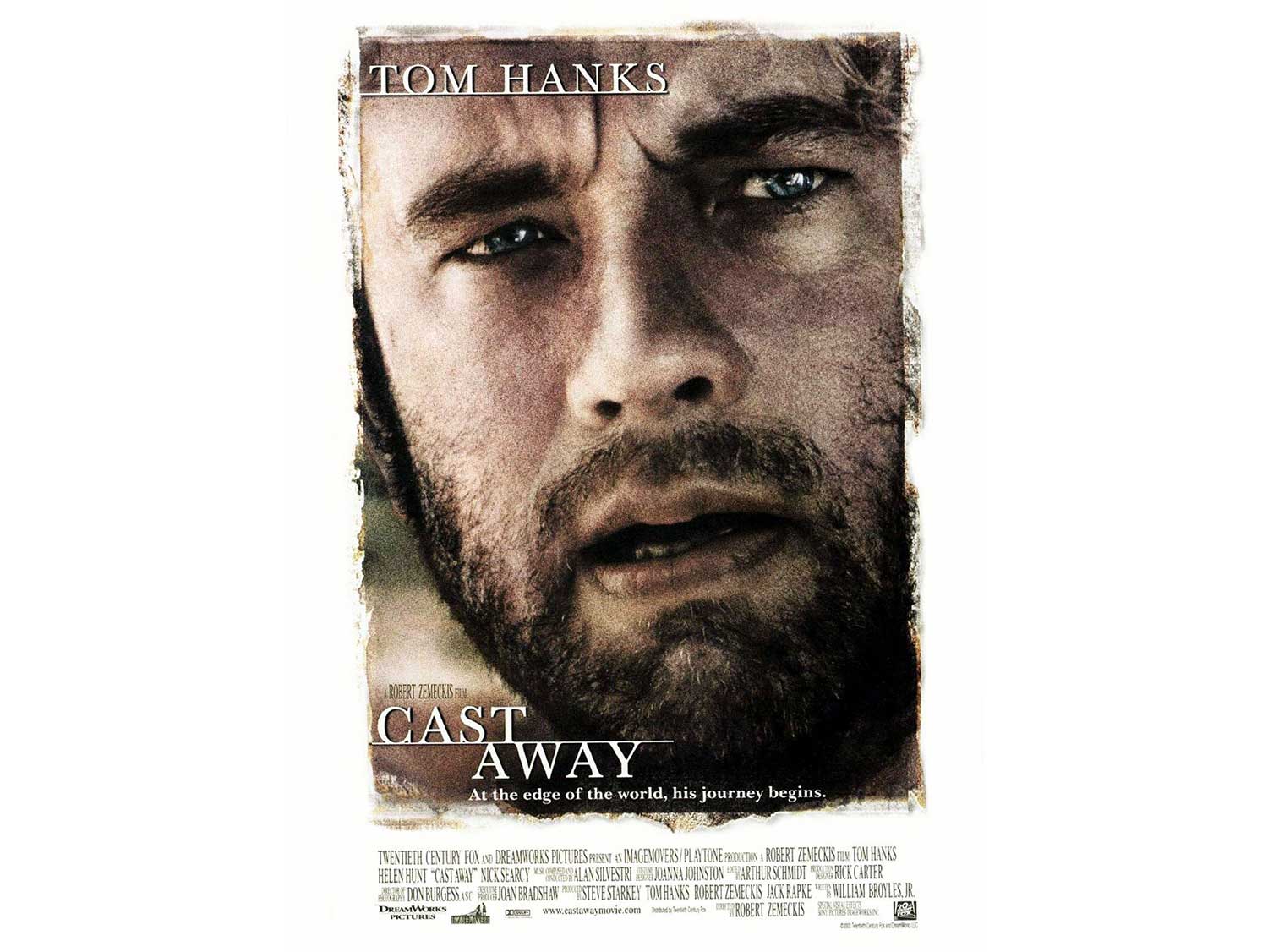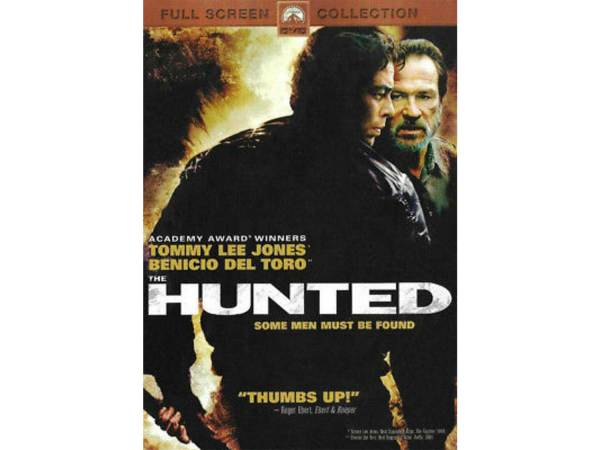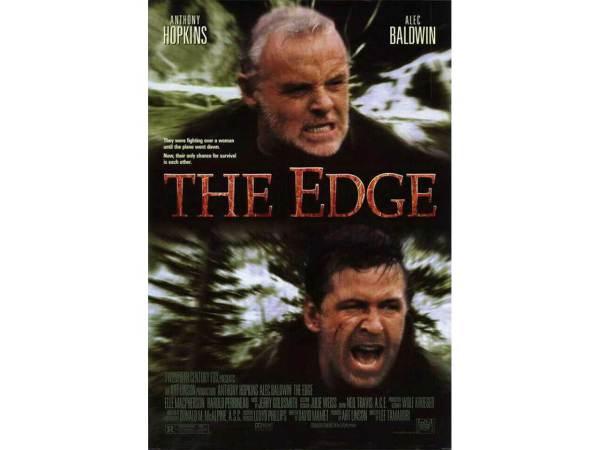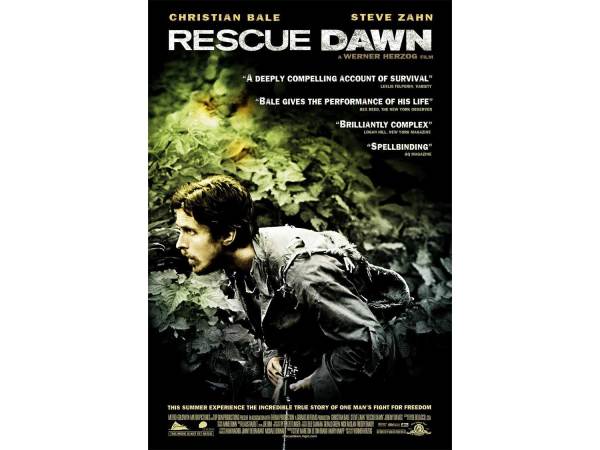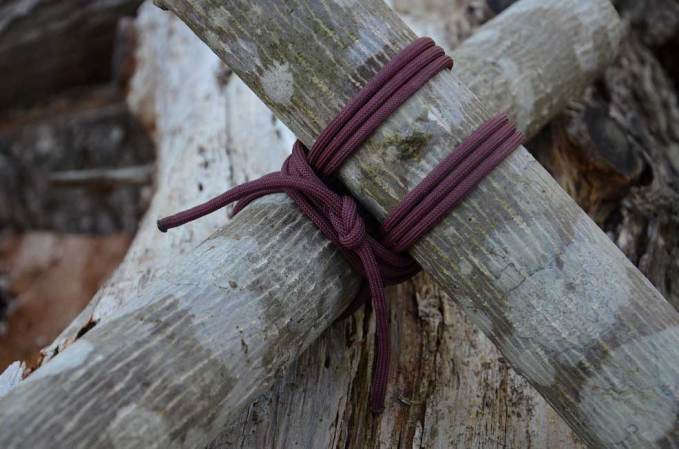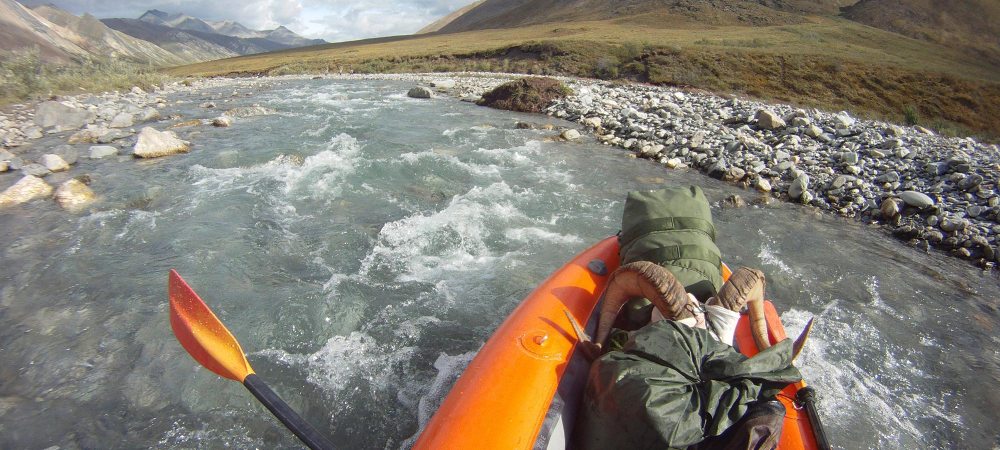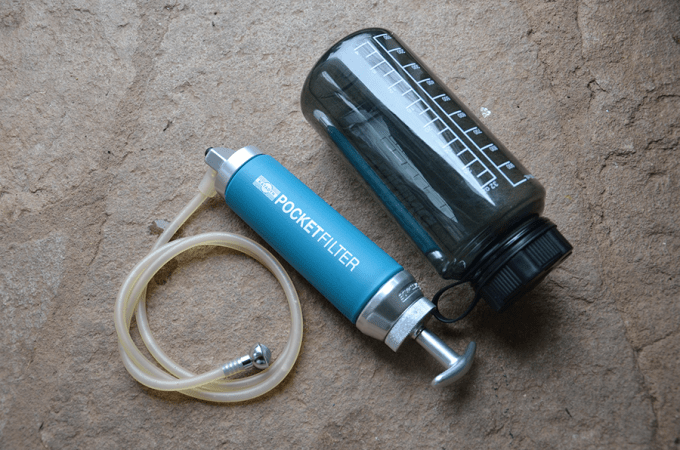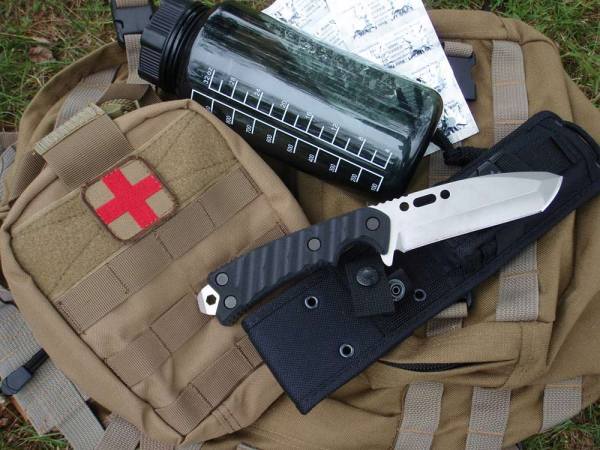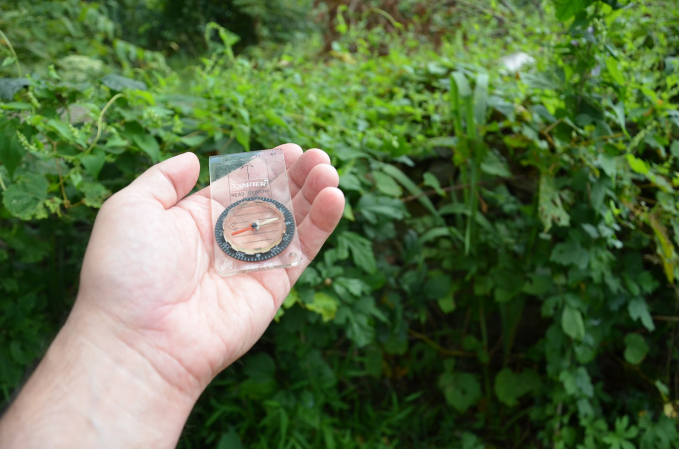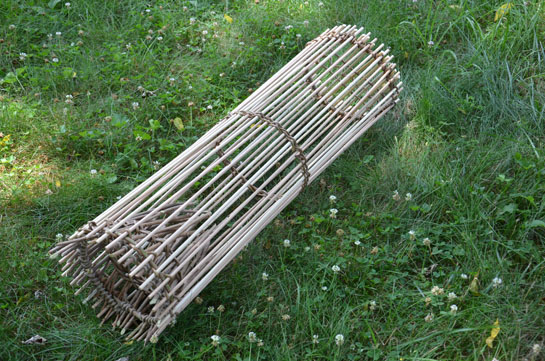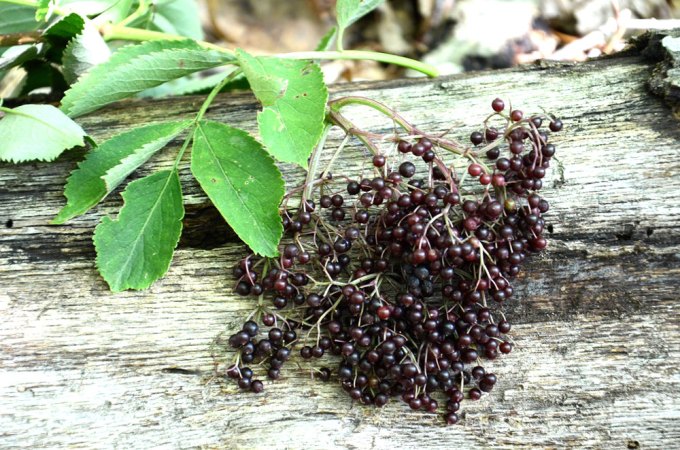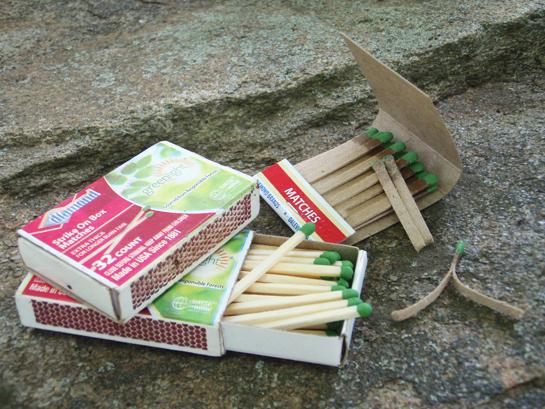I love a good action movie. My favorites usually involve beleaguered heroes surviving against very long odds in the wild. Even though the lines between reality and silver-screen magic are blurry in Hollywood, they have a bad habit of mixing plausible survival situations with impossible nonsense.
As hunters, anglers, and survival movie fans, can we spot the fake stuff when it flashes before our eyes? Also, is there any actual knowledge or useful ideas to learn when we sit down to watch a movie? Well, we’re about to find out. Pop yourself some popcorn, dim the lights, and join me as I prowl through some well-known movie scenes to determine if they have any “survival” merit that we could actually use in an emergency.
Can you really rub a stick against another stick for fire? Yes, that’s just one of the many different ways to create a friction fire. Here’s the catch. There’s a steep learning curve. It’s very hard for beginners to succeed at this, and if you get the wrong materials, you are doomed. But, let’s take our Cast Away scenario into consideration. With plenty of time on your hands and a wealth of fast-growing tropical softwoods to test, I believe that even a novice could figure it out and eventually create an ember from wood friction. In the movie, we feel the struggles of our lead character. We watch him experiment and change tactics, and we finally celebrate with him in the iconic scene where he triumphantly shouts, “I have made fire!”
He had tried twirling a stick with his hands, but in the end, the crudest friction fire technique, the fire plow, was the winner. I’ve successfully made fire this way for many years, and I even teach people how to do it in classes. I can tell you, with confidence, it’s the most brutal of all the methods I use, but with the right woods and a refusal to quit, it does work.
Here’s how you can try it out for yourself. Select a dead, dry log from a softwood species. Collect a thumb-thick dead stick from the same or similar wood. Rub the stick against the log briskly, creating a groove and staying within it. The groove should be about a foot long. Once established, really work fast and hard. The groove will get deeper, and the rubbing stick will start to wear down. If you picked good specimens, you should have smoke and dark brown dust in the groove. With each stroke, push the dust down the groove and stop at the same point if you can. This creates a pile of dust, and under ideal conditions, the dust can become a smoldering ember. Scoop your little nugget of fire out of the groove, place it in a tinder nest, and blow it into glorious flames. You have made fire!
When I first saw this movie and the scene in question, I didn’t believe it. I assumed that some creative FX guy or gal had painted up a garden hose to look like a jungle vine. Imagine my surprise when I started doing my research and found out it was real. Then imagine my shock when I first chopped into an arm-thick wild grape vine in mid-spring, and water gushed out like I had opened a faucet.
It turns out that there are various species of “water vines” found around the world. Even here in North America, we have temporary water vines with drinkable sap flowing for about a week or two in spring. Any species of wild grape vine can be cut for safe drinking water during a few weeks of mid-springtime. You can identify them by their curly tendrils and the immature grape leaves (which have the right shape and teeth for grape leaves, but they are still small). This isn’t without risk. You certainly don’t want to chop into a poison ivy vine or some other harmful plant. For this reason, I’d recommend using a reputable field guide to make your identification. The Peterson Field Guide to Edible Wild Plants is my personal favorite.
When a group of wild children rescue Mel Gibson’s character Max, they mistake him for the man who helped their parents escape doomsday. The children take Max to their hidden retreat and nurse him back to health. Here’s the problem. What in the world would that many kids eat, for years, in the middle of a radioactive wasteland? According to the USDA, moderately active 12-year-olds need 2,000 to 2,200 calories per day to be healthy and grow. There also appear to be several dozen of these children, of various ages.
A bit of quick math shows us that these 36 children would need a total of 72,000 calories per day! That’s not going to happen by hunting lizards. Since average lizard meat is about 50 calories per ounce, and a one pound lizard is less than 50% meat, this group would have to harvest 180 one-pound lizards a day, every day. It’s just not sustainable. So how could these goofy cave kids survive? Not by foraging, or even growing food plants. They would need to have high-calorie livestock and fodder for those animals–neither of which they have, thanks to the “poxyclypse.” In short, without the vegetation to support human life and livestock, these kids just wouldn’t make it.
There may not be genetically engineered hornets flying around and stabbing us with hallucinogenic venom, but are there any plants that cure normal bee stings like the plant in the movie? It may surprise you to know that there is a common lawn weed that can be found coast to coast in the U.S. and overseas, which can be crushed and applied to bee stings and hornet bites with profound healing results. The plant is called plantain (no relation to the banana), and it can take the fire out of bites and bee stings when the green leaves are mashed into a poultice and applied directly to the bite or sting.
Plantain (Plantago spp.) was brought here by European colonists for its usefulness in healing and is commonly found in lawns and open ground. It is a low growing plant with parallel leaf veins, and you’ve likely walked all over it your entire life. Identify the plant with a good book, mash it until the juice comes out, and bind the pulp over the bite with a strip of cloth or a band-aid. Leave the mush in place until the pain and swelling subside. To find out more about this plant and many other common weeds that heal, check out Heal Local by Dawn Combs.
In The Hunted with Tommy Lee Jones and Benicio Del Toro, we see some pretty far-fetched exploits. I know that I would not have enough time–while being hotly pursued–to make a snare that could lift a man off the ground, find suitable friction fire materials, start a friction fire, and forge a knife without using any tools. But in this largely fanciful movie, there are a few things with a basis in reality. First of all, let’s look at the stone knife. Sure, sharp stone knives have been made in the past and present by flint knappers. It takes significant skill to be able to chip away a stone in a predictable manner, but the resulting knife could be razor sharp. You’d just have to be lucky enough to find a stone that breaks with glass-like sharpness. The production of a steel knife under the conditions shown is a little more of a stretch. Without forced air to superheat it, an open campfire is usually below 1500 degrees F. Steel needs to be closer to 2000 degrees F to be forged. However, you can learn to blacksmith with improvised tools, and you don’t need a propane forge to make a knife. The first knife I ever made was in a little DIY coffee can forge burning wood scraps.
If it was me in the movie and I had a few hours before my pursuer caught up, I’d think about an in-ground forge rather than something above ground. By burning wood chunks and charcoal in a small pit, more of the heat is contained, and you can reach higher temperatures. Little pit forges are actually part of our blacksmithing heritage, and they have been used all over the world. Just add a little forced air, and temperatures can exceed 2,600 degrees F. How do I know? Because steel melts at that temperature and I’ve accidentally melted plenty of blacksmithing projects in pit forges by leaving the workpiece in the coals for a moment too long. To see how our ancestors made forges and created tools and bellows from scratch check out the Art of Blacksmithing by Alex W. Bealer.
Sir Anthony Hopkins and Alec Baldwin have played some vicious characters, but could anyone take down a grizzly with DIY wooden spears? Not on Hannibal Lecter’s best day. Even so, there are so many survival themes and topics in this movie; it’s worth a watch. The scene in which the characters create a compass has a real basis in truth. Improvising a compass can make all the difference when dealing with overcast weather, which blocks your use of the sun, moon and stars for navigation.
Take a needle or a bit of steel wire, in the movie, it’s a paper clip, and rub a magnet repeatedly against it, 20 to 30 times, only going in one direction. This can also be done by rubbing the steel against silk 50 times, as seen in the film. Once magnetized, set the needle on a curved leaf in a water-filled container. Block it from the wind completely, and if everything went right, the needle should swing into a north/south alignment. “What one man can do–another can do!”
Glass in name, unbreakable in spirit. The Hugh Glass story is the inspiration for the movie The Revenant, in which our hero is left for dead after surviving a bear attack. In the timeline of the movie, which seems like just a few weeks, the main character survives in the wild by harnessing a dark motivational power: revenge. Even though The Revenant is based on a true story, the real tale of Hugh Glass is even better than the movie. It took months for Glass to catch up to the men who left him alone to die.
So what’s our takeaway here? Two main things come to mind. First is the value of motivation. Whether you are motivated to survive a crisis to see your loved ones again, or you are fueled by murderous revenge for those who harmed you, an outside source is fueling your will to survive. I hope that you never have to endure a survival situation like Glass did, but if you do, I hope you can use something positive to motivate you rather than using hate as an energy source. The second big takeaway is native knowledge. After making friends among First Nations people a few years before the fateful expedition, Glass learned about the resources that nature provides. This is how he sustained himself from the land in many of his adventures, both before the bear attack and long after it.
In the 2006 film Rescue Dawn, Christian Bale’s character must endure the brutality of a prison camp after his plane goes down during the Vietnam War. Diving into the role, Bale actually appears to be eating mealworms in a scene where these bugs are served to the group of prisoners. Could someone stay alive by eating such vile foods? They sure have, and you can too.
Earthworms can be over 80 percent protein and are high in Omega 3 fats. While they only have about one calorie per gram, they aren’t bad when fried. I’ve had them a few times, and while I won’t go out of my way to eat them, they’re not so bad. Let them roam around a container of damp grass for a few hours to purge out the dirt and grit that their bodies contain, then fry them in a pan. Add a little salt, and they taste a little bit like beef jerky. Mealworms are even more nutritious. These larvae are 53 percent protein and 28 percent fat after dry roasting and are loaded with minerals. Just make sure you cook all animal foods, including insects to destroy bacteria and other pathogenic organisms (and to keep the bigger ones from biting back). Dig in!
A big sharp survival knife can be your best friend in the backcountry, and it could even save your life during an emergency out there. But would Rambo‘s world-famous survival knife really cut the mustard? That hollow handle is certainly a handy place to store some matches and your backup fishing kit, but the gaping grip also carries one massive flaw. Any knife with a hollow handle will not have a tang. The tang is part of the blade metal that typically goes through the handle, and it’s a lot like our spine. It runs right down the middle and offers irreplaceable support.
When the handle is hollow, it means that the blade and the handle are separate, often different, materials, and there is no tang. The blade is typically just welded to the hollow handle tube, creating a weak point where they join–especially with the leverage of a long blade. This weld is where it would break, probably when you need it the most. If it came down to me against the world, I’d certainly hope my knife had as much spine as I did (or much more). For this reason, folding knives and hollow-handle knives would not be on my wishlist for a real survival situation. Instead, give me a beefy, full-tang knife that’s razor sharp and easily re-sharpened in the field. And give me a little pouch to carry all my survival doodads and trinkets. Handles should be for holding, not for storage.
Suspend your disbelief for a moment. In a real Zombieland, would there still be power, and infrastructure, and Twinkies? Nope. The power grid would fall apart without maintenance, and without firefighters, most cities would burn to the ground. And yes, the rats would eat all the Twinkies in just a few days. But forget all that for a moment and consider Columbus’ rules of survival. What if you had a set of rules for every type of survival scenario? I have rules when it comes to wilderness survival, and so should you. Here’s an easy way to remember, the U.S. Army acronym: SURVIVAL.
Follow the Army’s SURVIVAL Acronym
S –– Size up your situation:
If you really are in trouble, take it seriously! Don’t deceive yourself, by denying that you’re in peril. It can be a life-threatening mistake to convince yourself that you are not in a survival situation.
U –– Use all your senses:
Trust your instincts and pay attention to your surroundings. Your sight, hearing and sense of smell are far more valuable than you might imagine.
R –– Remember where you are:
In a real survival setting, you could easily die. Never forget that and never waste time. Spend your waking hours providing for your needs and making it easier for search and rescue to find you.
V –– Vanquish fear and panic:
These powerful negative emotions can cause even the smartest and most experienced survivors to make fatal mistakes. In an out-of-control situation, keep yourself calm by focusing on things that you can control like your breathing or a useful task.
I –– Improvise:
Turn the junk you have into stuff that can save your life. Learn to improvise, and you’ll always be able to fashion some back-up tools, weapons and gear.
V –– Value living:
The motivation to survive is a key factor in many survival settings, particularly long term situations. Figure out what you have that’s worth living for and hang onto it! Use these positive thoughts as fuel to keep going.
A –– Act like a native:
If you’re looking for the most practical way to survive in any given environment, mimic the natives. Indigenous peoples typically use the right skills and survival techniques for their surroundings, which have been passed down from generations of successful ancestors.
L –– Live by your wits, after learning the basics:
A creative survivor can sometimes figure things out on the fly, but a far better gambit is to learn the basics of survival rather than figuring it all out the hard way. With the basics mastered, then you can change your game plan as needed.
